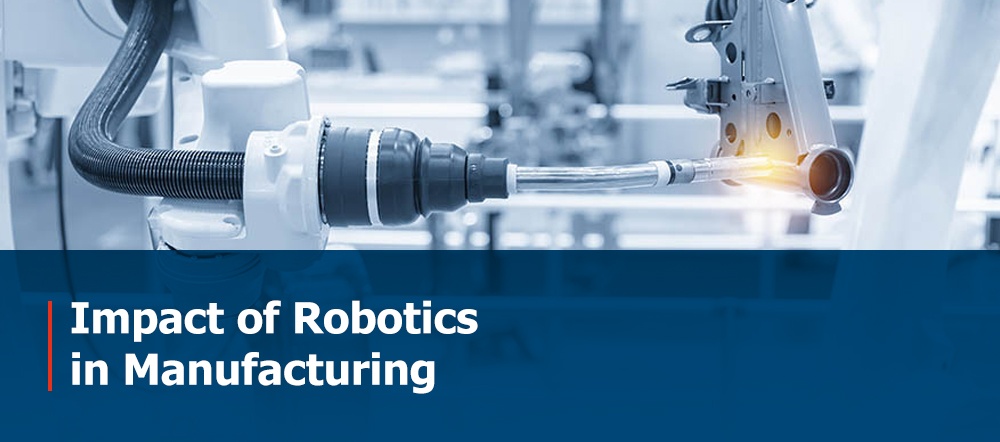
Researchers should explore different approaches to making AI more accessible. Some explainability methods are focused on explaining why AI made decisions. Other explanations can be agnostic or contextual. They may therefore be wildly absurd. Others try to connect knowledge-based system and make explanations more pertinent to context. Whatever approach you take, ensure that you consider the context.
Explanations should be interactive
Designing an interactive, beneficial system of artificial intelligence is the first step in creating an explainable system. This is because people's choices and past experiences can influence them. The system owner must consider this when creating the explanation. People often interpret similar explanations differently. An explanation should be interactive to show the system's adaptability and customization to each user.

Next, consider the detail required by users to create an explainable artificial Intelligence application. A counterfactual explanation could be enough for the smallest change in a model's features. An interactive explanation will need more work. A counterfactual explanation, by contrast, will describe the output of the system without revealing its inner workings. This method of explanation is also useful for protecting intellectual property.
Interactive AI systems should be capable of incorporating diverse data to produce relevant results. If a machine can't give this detail, it is probably not suitable for clinical purposes. Machine decision-making must be understood by humans. This requires trusting the machine's decisions and a high degree of confidence. Personalized medicine requires a high degree of explanationability.
It is essential to have background knowledge in order to create meaningful semantics
In this article, we will look at how background knowledge should be used to provide meaningful semantics in explainable artificial intelligence systems. Background knowledge can be acquired from domain knowledge. Experiments can also provide background knowledge. Background knowledge should be used as explanations because it facilitates the human-machine relationship. In order to increase performance, background knowledge may be added back into a subsymbolic model.
Background knowledge is important for explaining phenomena. Psychology has widely accepted this fact. Researchers have found that explanations can be socially-oriented and contain semantic information. This is essential to effective knowledge transmission. Hilton (1990), explains are social interactions that include semantic information. Kulesza et al. (2013) also found a positive correlation between mental models and explanation properties. The authors also found a relationship between completeness, soundness, and trust.

The demand for explanations is increasing as AI technology becomes more mainstream. The ability to explain AI systems requires techniques and methods that are transparent and trustworthy. Understanding user levels is crucial to developing explainable artificial intelligence systems that can build public trust. This will ultimately help AI systems build trust with humans. For a better explanation of how AI systems are developed, please refer to the following background knowledge.
FAQ
What is the state of the AI industry?
The AI industry is growing at an unprecedented rate. Over 50 billion devices will be connected to the internet by 2020, according to estimates. This means that everyone will be able to use AI technology on their phones, tablets, or laptops.
This shift will require businesses to be adaptable in order to remain competitive. They risk losing customers to businesses that adapt.
The question for you is, what kind of business model would you use to take advantage of these opportunities? Could you set up a platform for people to upload their data, and share it with other users. Or perhaps you would offer services such as image recognition or voice recognition?
Whatever you decide to do in life, you should think carefully about how it could affect your competitive position. Although you might not always win, if you are smart and continue to innovate, you could win big!
What is the future role of AI?
The future of artificial intelligent (AI), however, is not in creating machines that are smarter then us, but in creating systems which learn from experience and improve over time.
We need machines that can learn.
This would involve the creation of algorithms that could be taught to each other by using examples.
It is also possible to create our own learning algorithms.
It's important that they can be flexible enough for any situation.
AI is it good?
Both positive and negative aspects of AI can be seen. On the positive side, it allows us to do things faster than ever before. It is no longer necessary to spend hours creating programs that do tasks like word processing or spreadsheets. Instead, we can ask our computers to perform these functions.
Some people worry that AI will eventually replace humans. Many believe that robots could eventually be smarter than their creators. This may lead to them taking over certain jobs.
Is Alexa an Artificial Intelligence?
Yes. But not quite yet.
Amazon's Alexa voice service is cloud-based. It allows users use their voice to interact directly with devices.
The Echo smart speaker was the first to release Alexa's technology. Other companies have since used similar technologies to create their own versions.
Some examples include Google Home (Apple's Siri), and Microsoft's Cortana.
Statistics
- Additionally, keeping in mind the current crisis, the AI is designed in a manner where it reduces the carbon footprint by 20-40%. (analyticsinsight.net)
- While all of it is still what seems like a far way off, the future of this technology presents a Catch-22, able to solve the world's problems and likely to power all the A.I. systems on earth, but also incredibly dangerous in the wrong hands. (forbes.com)
- The company's AI team trained an image recognition model to 85 percent accuracy using billions of public Instagram photos tagged with hashtags. (builtin.com)
- That's as many of us that have been in that AI space would say, it's about 70 or 80 percent of the work. (finra.org)
- In the first half of 2017, the company discovered and banned 300,000 terrorist-linked accounts, 95 percent of which were found by non-human, artificially intelligent machines. (builtin.com)
External Links
How To
How do I start using AI?
A way to make artificial intelligence work is to create an algorithm that learns through its mistakes. This allows you to learn from your mistakes and improve your future decisions.
A feature that suggests words for completing a sentence could be added to a text messaging system. It would analyze your past messages to suggest similar phrases that you could choose from.
To make sure that the system understands what you want it to write, you will need to first train it.
Chatbots can be created to answer your questions. If you ask the bot, "What hour does my flight depart?" The bot will answer, "The next one leaves at 8:30 am."
You can read our guide to machine learning to learn how to get going.